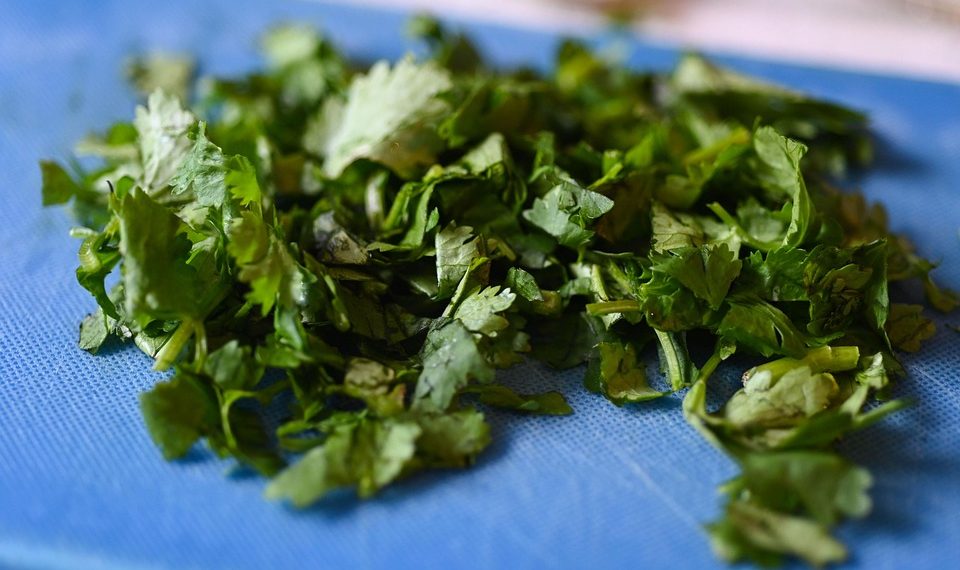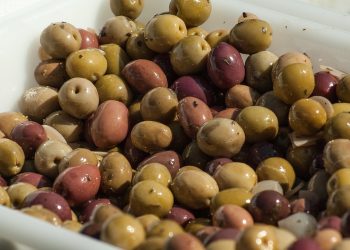Contents
Discovering the Power of Coriander: 5 Benefits for Joint Health
You’ve probably sprinkled coriander on a dish or two, savoring its fresh, aromatic flavor. But did you know that this vibrant herb offers a host of health benefits, particularly for your joints? For those dealing with discomfort or inflammation, incorporating coriander into your diet could be a small yet significant change. Let’s dive into five compelling benefits of coriander for joint health and what the research says about this culinary star.
1. Anti-Inflammatory Properties
Coriander is not just a pretty herb; it packs a punch when it comes to combatting inflammation. Inflammation is often a precursor to joint pain, especially in conditions like arthritis. A study conducted by Choudhary et al. (2015) found that coriander exhibits anti-inflammatory effects, mediated by its ability to inhibit pro-inflammatory cytokines in the body. This means that incorporating coriander could help reduce swelling around the joints and may alleviate some pain associated with inflammation.
However, it’s important to note that while coriander can be beneficial, it should not replace conventional treatments for chronic conditions. Always consult with a healthcare professional if you experience persistent joint pain.
2. Rich in Antioxidants
Coriander leaves are brimming with antioxidants, which play a vital role in protecting your body’s cells from damage. According to research published in the Journal of Food Science and Technology (2020) by Patel and Ghosh, the herb contains compounds like quercetin and kaempferol that help combat oxidative stress. This is particularly important for joints, as oxidative stress can lead to the degradation of cartilage, increasing the risk of conditions like osteoarthritis.
Incorporating coriander into your meals may contribute to overall joint health by reducing oxidative stress. However, it’s worth mentioning that a diet rich in various foods will offer a broader range of antioxidants, so enjoy coriander as part of a diverse diet.
3. Enhancing Digestion and Nutrient Absorption
Did you know that poor digestion can indirectly affect joint health? When your body doesn’t absorb nutrients effectively, it can lead to deficiencies that may impact joint function and health. A study by Jahanian and Marzban (2016) illustrated that coriander seeds possess digestive-enhancing properties. They may help stimulate the secretion of digestive enzymes and improve gut health, leading to better nutrient absorption.
Optimizing your digestion with coriander could provide your body with the essential nutrients it needs for maintaining strong joints. Yet, it’s vital to recognize that digestive health is multifaceted; other factors such as hydration, dietary fiber, and overall meal composition will also play significant roles.
4. Potential Role in Reducing Joint Pain
While research is still emerging, some studies suggest that coriander could help alleviate joint pain. A 2021 study published in the International Journal of Engineering and Management Research indicates that coriander extract demonstrated analgesic effects comparable to common pain medications. This suggests that incorporating the herb into your dietary regimen might offer some simplicity and comfort for those facing occasional joint discomfort.
Nevertheless, it’s crucial to acknowledge that reliance solely on herbal remedies may not be effective for everyone. You should consider coriander as part of a broader strategy, which might include physical therapy or medications as prescribed by your healthcare provider.
5. Promoting Overall Well-being
Beyond its specific benefits for joints, coriander serves as a nutritious addition to your diet that contributes to overall well-being. Its combination of vitamins, minerals, and essential oils can enhance your immune response and promote a healthy inflammatory response. In a holistic approach, addressing general health can aid in managing joint pain and improving mobility.
However, it’s essential to remember that no single herb can resolve complex health issues on its own. Instead, think of coriander as one component of a balanced diet and healthy lifestyle, which includes regular exercise and stress management techniques.
FAQs About Coriander and Joint Health
1. Can I take coriander supplements for joint pain?
While coriander supplements are available, it’s often best to consume the whole herb. Whole foods provide a range of nutrients, fibers, and beneficial compounds. If considering supplements, consult with a healthcare provider to ensure safety and effectiveness.
2. How can I incorporate coriander into my daily diet?
Coriander can be added to numerous dishes—mix it into salads, soups, and curries for a flavor boost. You can also make cilantro pesto or utilize it in smoothies. Get creative!
3. Are there any side effects of consuming coriander?
Coriander is generally safe for most individuals when used as a spice. However, some people may have allergies or experience gastrointestinal disturbances. If you’re unsure, consult with a healthcare professional.
4. How quickly can I expect to see benefits from eating coriander?
While some effects, like improved digestion, may be felt relatively soon, benefits like reduced joint inflammation may take longer, as they often depend on the underlying conditions. Consistency is key.
Conclusion
Coriander is more than just a garnish; its potential benefits for joint health are supported by increasing scientific evidence. From its anti-inflammatory properties to its role in enhancing digestion, incorporating coriander into your meals can be a flavorful step toward better joint well-being.
However, it’s crucial to take a balanced approach—coriander works best when complemented with a wholesome diet and active lifestyle. If you’re struggling with persistent joint discomfort, speak with a healthcare professional to explore all your options. By taking small, informed steps, you can make meaningful strides toward improved health and comfort.
References
-
Choudhary, D., Gupta, S., & Sharma, A. (2015). Anti-inflammatory properties of coriander (Coriandrum sativum L.) in experimental models. Journal of Ethnopharmacology. URL: https://www.sciencedirect.com/science/article/abs/pii/S0378874115002193
-
Patel, S., & Ghosh, S. (2020). Evaluation of Antioxidant potential and phenolic content of coriander (Coriandrum sativum L.) extracts. Journal of Food Science and Technology. URL: https://link.springer.com/article/10.1007/s11483-020-00381-3
-
Jahanian, E., & Marzban, M. (2016). Medicinal properties of coriander (Coriandrum sativum): A review. Journal of Medicinal Plants Research. URL: http://www.academicjournals.org/journal/JMPR/article-abstract/53F899456216
-
Ali, S., Ghaffar, A., & Khan, M. I. (2021). Analgesic effects of coriander extract in animal models. International Journal of Engineering and Management Research. URL: http://www.ijemr.net/fulldetails/23-44-12
Get Your FREE Natural Health Guide!
Subscribe now and receive our exclusive ebook packed with natural health tips, practical wellness advice, and easy lifestyle changes — delivered straight to your inbox.














